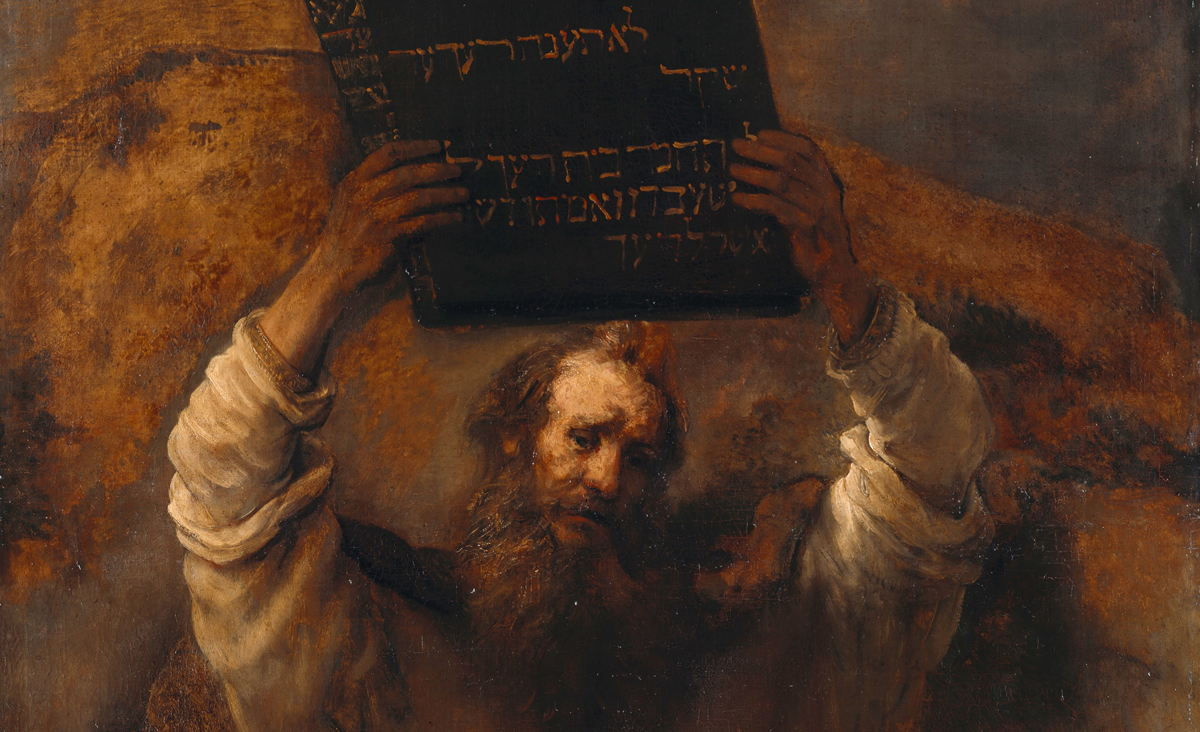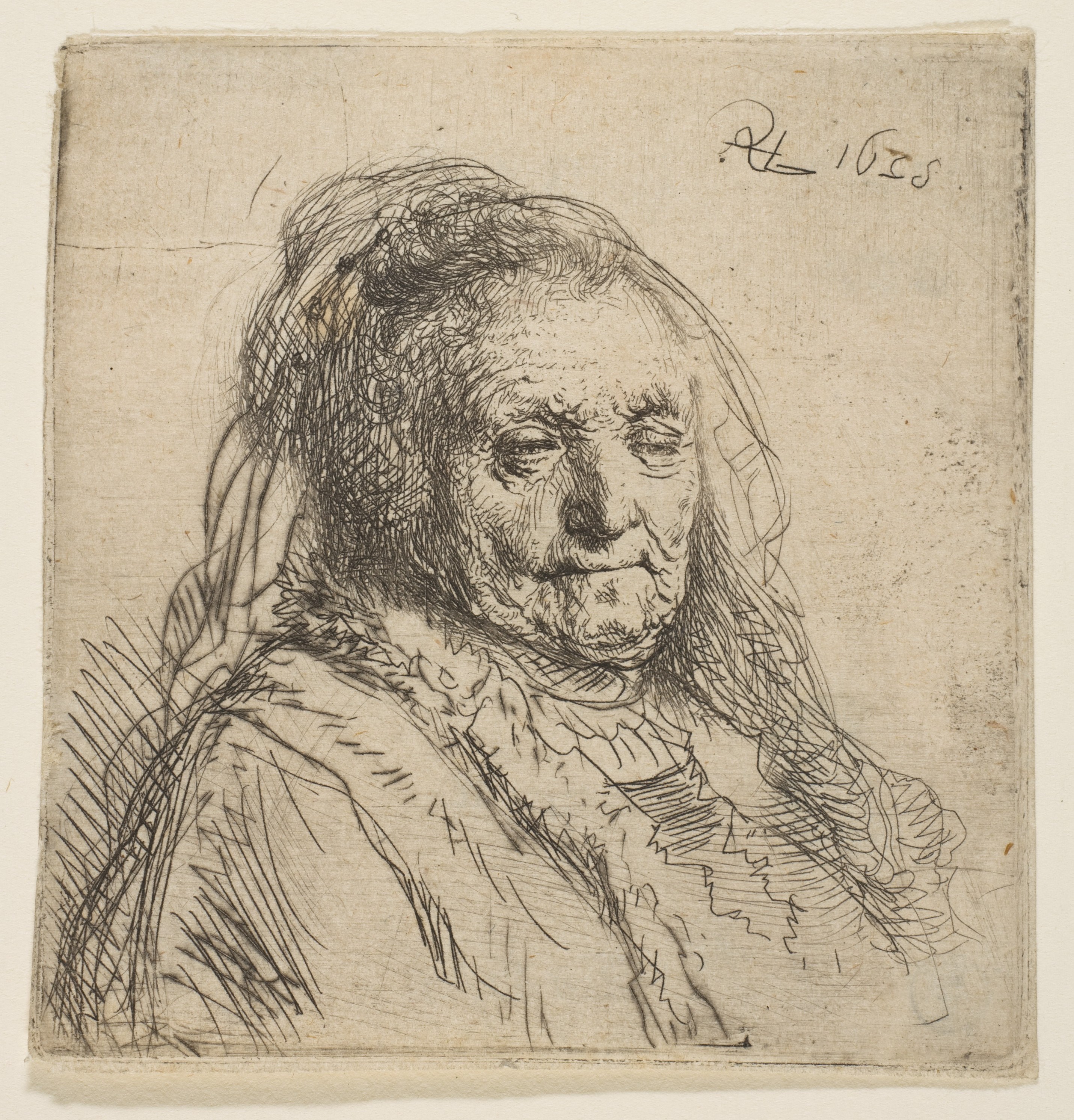Saving Cultural Heritage:
Recovery of two Suspect Roman funerary alters at J. Paul Getty and Tampa Museums USA:
Italian Senator Margherita Corrado has this month signed a motion at court to create an organization to recover works of art that have left the national territory of Italy. It sets out a plan to create an independent body of professionals which, as its institutional purpose, will seek the recovery of works of art illegally removed from the national territory, activating available legal remedies and resources.
On December 4, 2020, the senator via a release publicized in Facebook, named the J. Paul Getty Museum in Los Angeles California and the Tampa Museum of Art in Tampa Florida as having two funerary alters of suspect origin – which the museums exhibits among other marble funerary alters dating back to the first half of the 2nd century BCE. Relative to both institutions, artifacts exhibited relate to two members of the Caltilan family, linked to the Caltilii of Ostia. The targeted artifacts are suspected to have been taken from the same family tomb, excavated in Ostia in 1970 and then illegally exported abroad. At least one of these suspected illegal finds is known to have passed through the hands of Gianfranco Becchina, who was accused by Italian prosecutors of being part of an antiquities trafficking network that involved tombaroli (tomb raiders) in southern Italy and suspect antiquities dealers and buyers around the globe.
Regarding portrait funerary busts: Documents regarding an alter on display in Malibu of Gianfranco Bacchina ,include a proposal made by his company, Antike Kunst Palladion. The 1980 proposal offers to sell the artefacts to a third U.S. museum on behalf of a Swiss collector, likely the same individual who, in 1983, then donated the funerary alter to the Getty Museum. Documents regarding the alter found in Tampa mention L. Caltilius Diadumenus as the person who commissioned the funerary altar, paid for by “collectors” in 1991 – well after the US ratification (1983) of the UNESCO 1970 Convention on the ‘Means of Prohibiting and Preventing the Illicit Import, Export and transfer of Ownership of Cultural Property’ in Paris but before adopting a new 2011 'Collections Management Policy' and after further revisiting the adopted policy in 2013. The purchase strategy appears to distance the current governance of the museum from its previous arrangements for increasing collections, which evidently was not respectful of legalities.
While evidence exists to affirm that at least one of the two alters, which are the subject of this article, were placed on the US market by a company involved in international traffic of archaeological finds and in consideration of the spirit of cultural diplomacy, returning the two Caltili alters by the museums to their rightful homes of origin is a proper goal. There they can be studied in their rightful context.
So far this year the Carabinieri has seized 783 fake objects. As elaborate forgeries continue to hit the art world marketplace, more research is necessary to guide authorities and art experts in techniques and research that will contribute to tasks of differentiating what is genuine from what is counterfeit. The laboratory’s work will help enhance scholarly insight, and in doing so it will energize work directed to alleviate proliferation of inauthentic works in the art market.
Studies on artists, i.e., con artists, who prey on collectors and are most prone to counterfeiting will examine and develop techniques, procedures, and systems which will then guide experts to better identify and focus a spotlight on what is genuine, rather than what is a deception.
Burglary theft at the Green Vault (Grunes Gewolbe) museum, Dresden Castle saxony Germany:
November 25, 2019, burglars entered the museum and with axes and smashed open exhibition cases. The coordinated team of thieves absconded with an outstanding cache of jewelry including the 49-carat Dresdin White Diamond, a diamond-laden breast star of the Polish Order of the White Eagle, a 16 carat diamond hat clasp, a diamond epaulet, and a diamond-studded hilt containing nine large and 770 smaller diamonds, as well as its jewel-encrusted scabbard.
Clues surrounding the spectacular art theft led to investigation of the purchase of SIM cards by members of a clan known to have been involved in a series of similar criminal offenses. Three individuals from the clan, called the Remmo clan, were arrested nine months following the theft. – The Remo Clan is made up of members of one of the grandfamililes of Lebanese-Kurdish descent who immigrated to Germany during Lebanon’s 1995-1990 civil war. Many moved to immigrant neighborhoods where the raid capturing the art and clan members took place. Some of these families originate with the Mhallami community - a cultural community with origins in Mardin Province of Southeastern Turkey, where they previously lived in Beirut, Tripoli, and the Bequaa Valley.
At the time of this writing Saxony police had not named the individuals arrested, nor indicated that any of the stolen jewelry, has been recovered.











